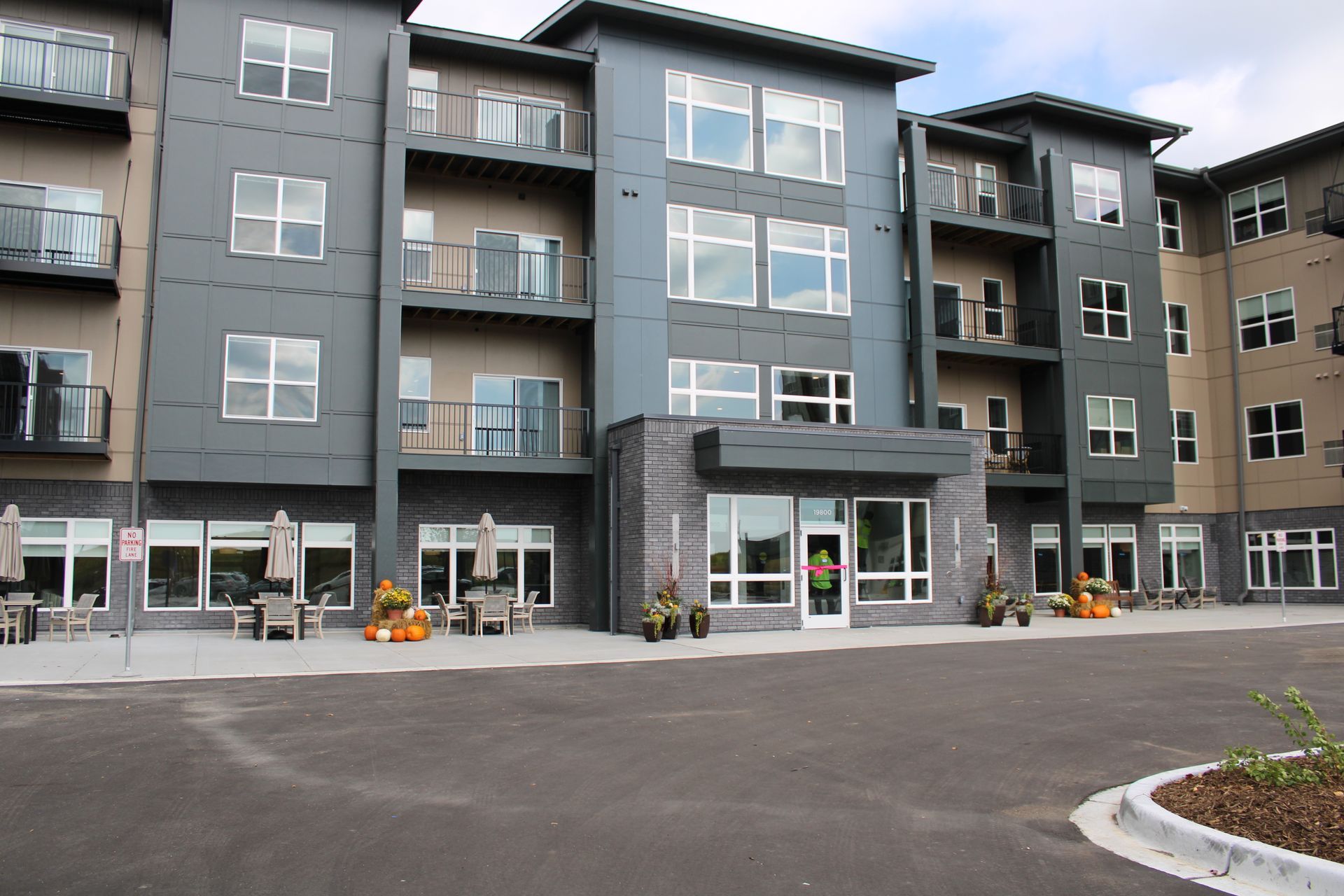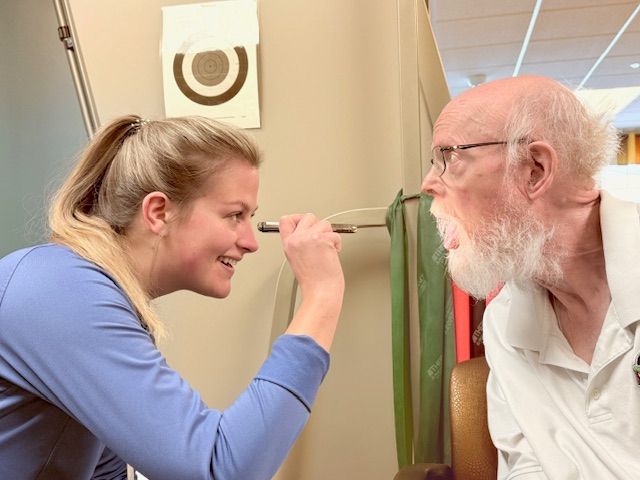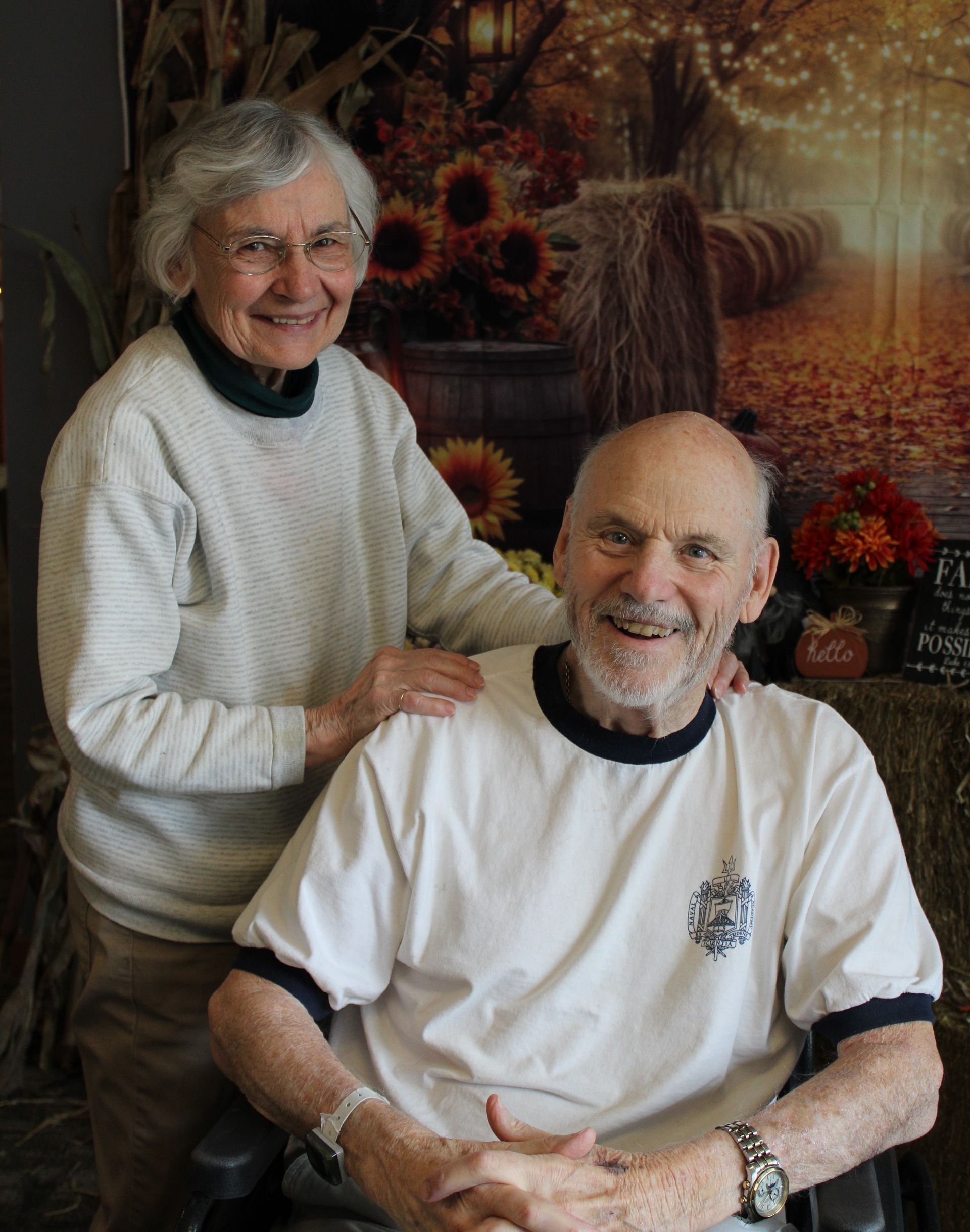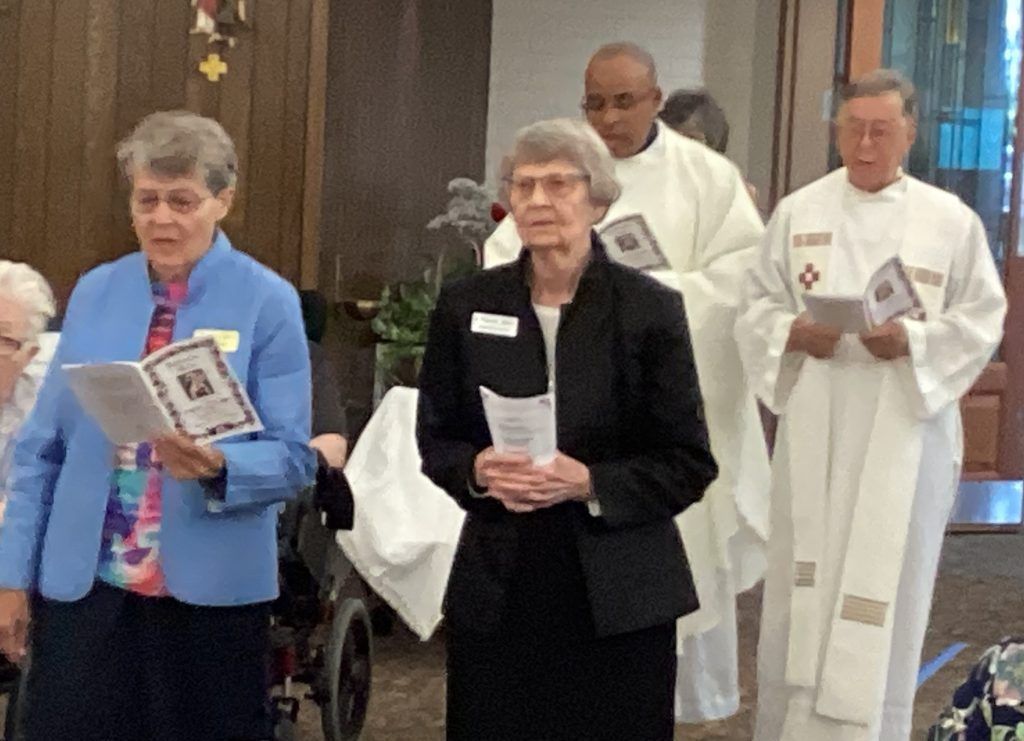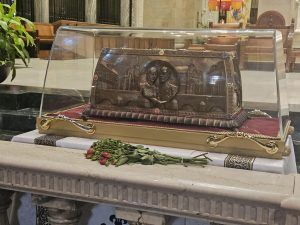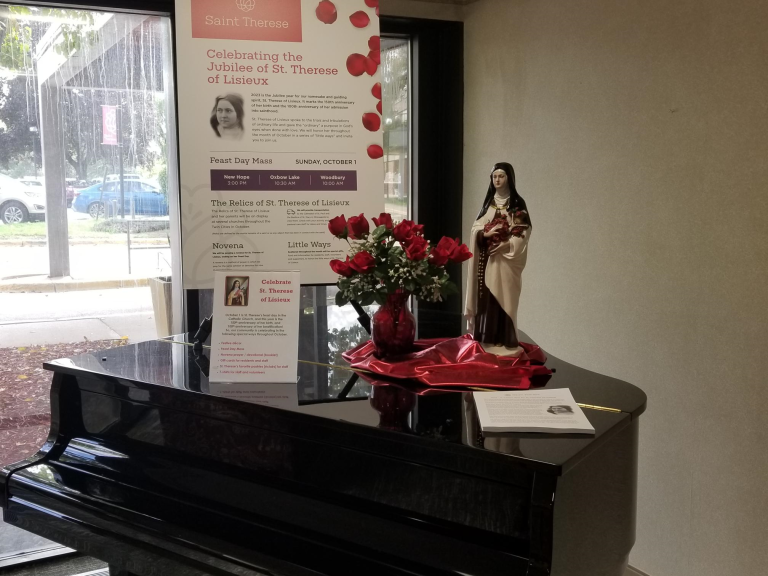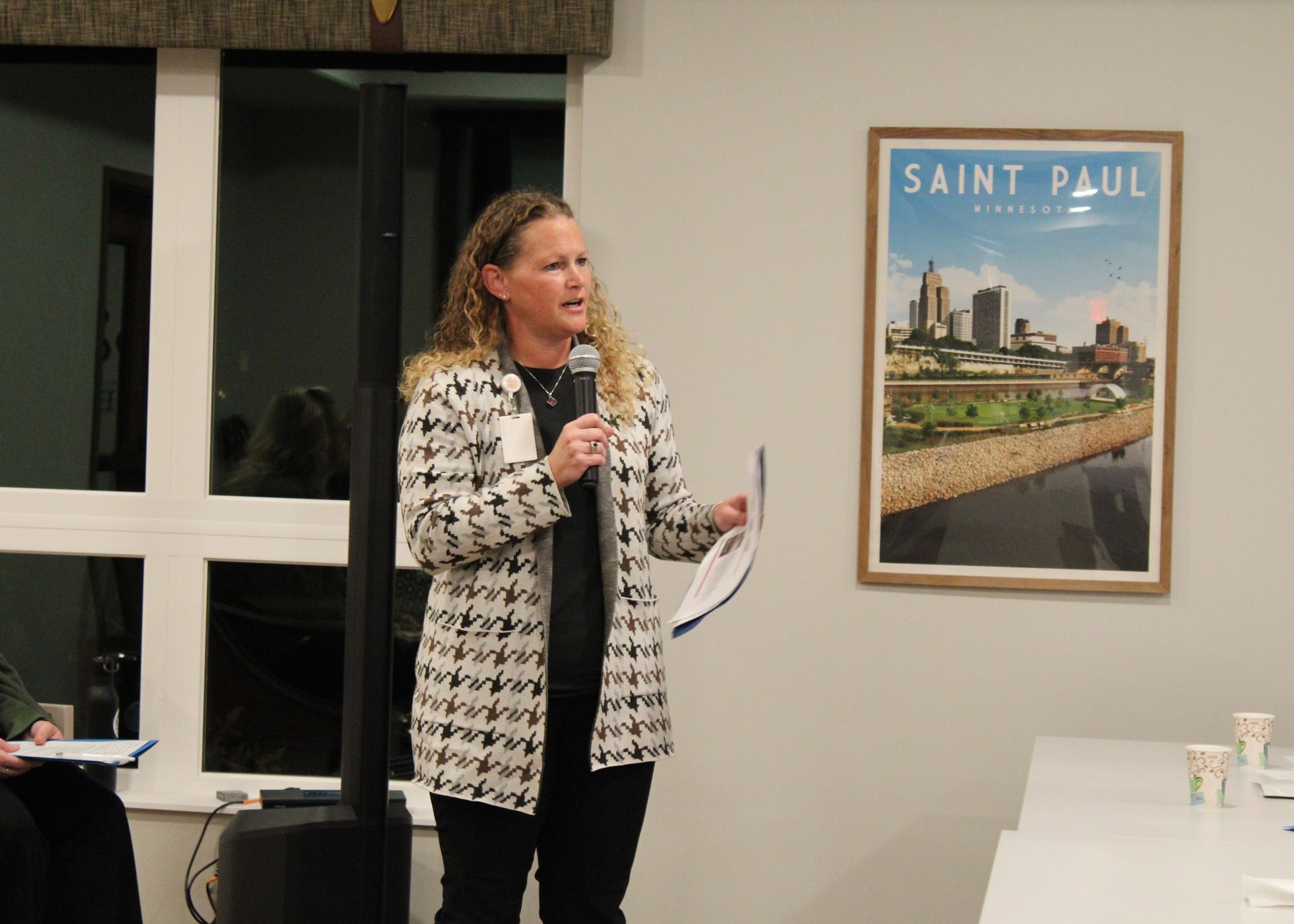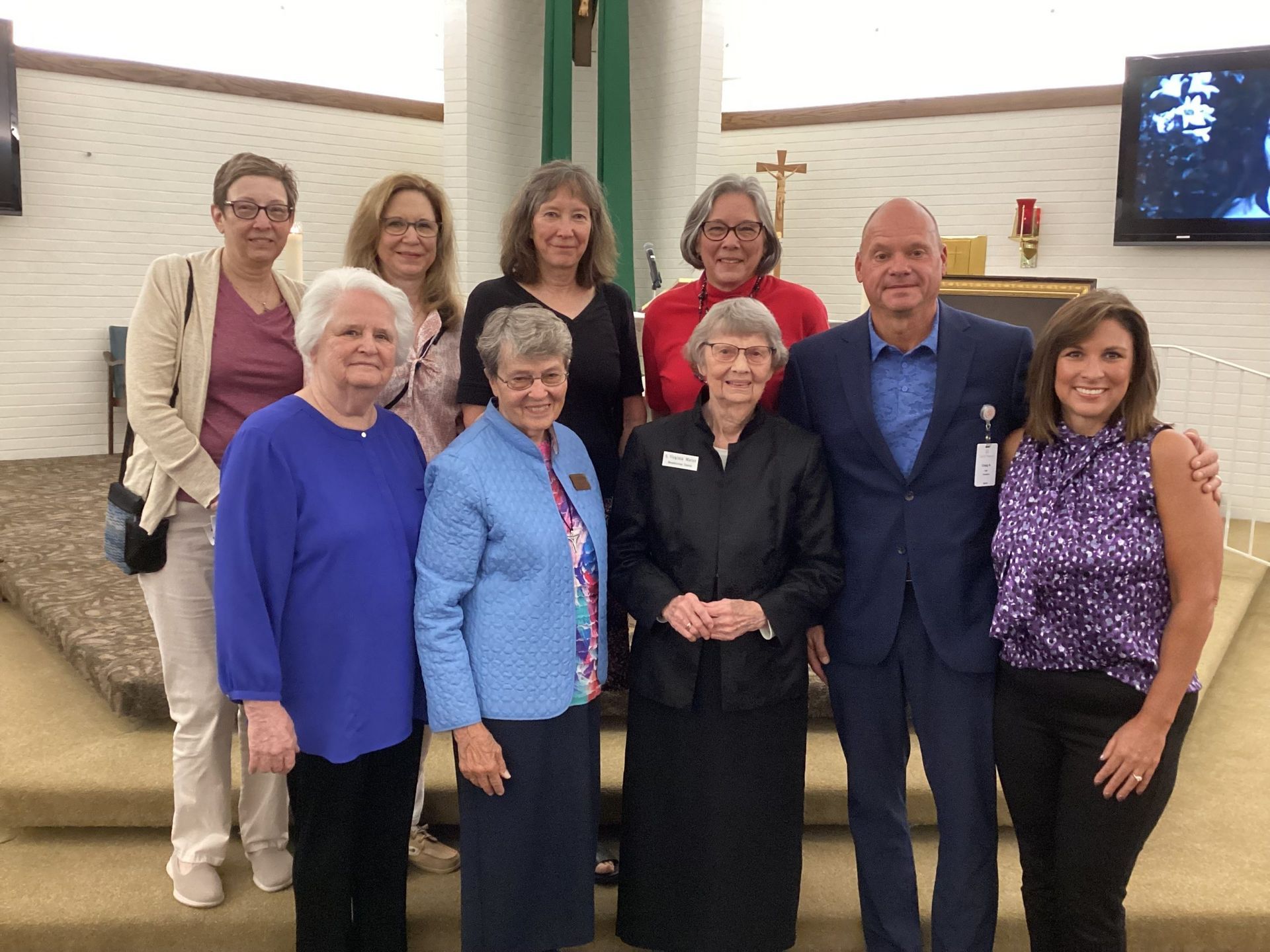
A Month to Remember St. Therese of Lisieux
Over the month of October, the Saint Therese organization has honored the memory of St. Therese of Lisieux, as we marked her Jubilee year, the 150th anniversary of her birth and the 100th anniversary of her canonization.
St. Therese of Lisieux is our organization’s eponym (one for whom or which something is or is believed to be named), and, importantly, she inspired our grounding and our mission – to do ordinary things with extraordinary love.
A summary of who St. Therese of Lisieux was can be found in this overview, but following is an abbreviated version of why she was so special:
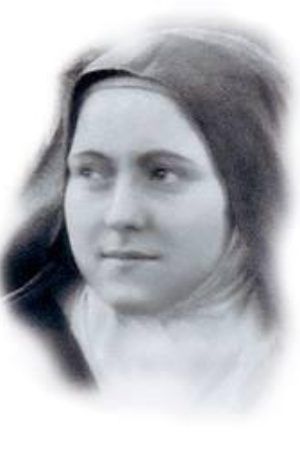
She never went on missions, never founded a religious order, and never performed great works or public displays of faith. Instead, St. Therese of Lisieux lived uneventfully within a convent and battled tuberculosis for most of her adult life. She grabbed onto every opportunity to love others more that herself. She smiled through hardships, refused to complain, and she performed small, hidden favors for others.
This attitude became the basis for her legacy. St. Therese called the practice of doing all things (especially little and menial things) with great love, the “little way.” She wrote, “you know well enough that Our Lord does not look so much at the greatness of our actions, nor even at their difficulty, but at the love with which we do them.”
A cross-organization team collaborated and organized the month of remembrances, including staff from Pastoral Care, Philanthropy, Sales & Marketing, Volunteers, Special Projects and Activities.
Among the ways in which we honored St. Therese of Lisieux:
- We held a special Feast Mass at our senior living communities. The one held at Saint Therese of New Hope – our very first community – was uniquely special because it included the presence and participation of two Benedictine nuns from St. Paul’s Monastery and four of the seven daughters of one of our founders, Jerry Choromanski. Lynn Choromanski, the second oldest daughter of Jerry, was instrumental in the Mass as well and served as the cantor.
- Four Benedictine sisters from St. Paul’s Monastery attended our Feast Masses. Sisters Paula Hagen and Virginia Matter took part in the Mass at New Hope and talked about their early days in the late 1960’s when they helped get our first community up and running, while living and working there. Sister Marie Fujan attended the Mass at Saint Therese at Oxbow Lake and Sister Lucia Schwickerath was at Woodbury. We can’t thank them enough for their important presence!
- A special novena to St. Therese of Lisieux (a novena is a tradition of devotional praying, consisting of prayers repeated for nine successive days), was created by the Pastoral Care Team. Josh Anderson, Vice President of Auxiliary Services, said, “The chaplains at all of our communities worked collaboratively to develop the Novena to St. Therese. Sarah Green, Pastoral Care Associate, did an excellent job pulling the format together and coordinating the work. We are thankful for each of them and their contributions to this Novena along with the feast day mass to start out the month.”
- We coordinated trips for our residents to the Basilica of St. Mary in Minneapolis and the Cathedral of St. Paul, to view the relics of St. Therese of Lisieux and her parents (left). A unique and serendipitous opportunity for us!
- Bouquets of roses and other flowers, along with information on St. Therese of Lisieux, were displayed in a central area at all the campuses.
- Gifts of seed packets and prayer cards were assembled by volunteers and given to residents and donors; eclairs (a St. Therese of Lisieux favorite) were also a treat during the month and staff and volunteers received a special Saint Therese t-shirt.
You might be wondering? But why St. Therese of Lisieux? Why did we adopt that name? For that we can thank one of our co-founders, Jerry Choromanski. More on that in an upcoming blog as Lynn Choromanski shares how St. Therese of Lisieux was part of her family’s DNA and what she meant to their family.
About
At Saint Therese, our heartfelt purpose since 1968 has been a people first approach to living well by providing senior care and services where every life we touch feels welcomed, respected, and heard. We achieve this by doing ordinary things with extraordinary love every single day. Contact us to learn more.
